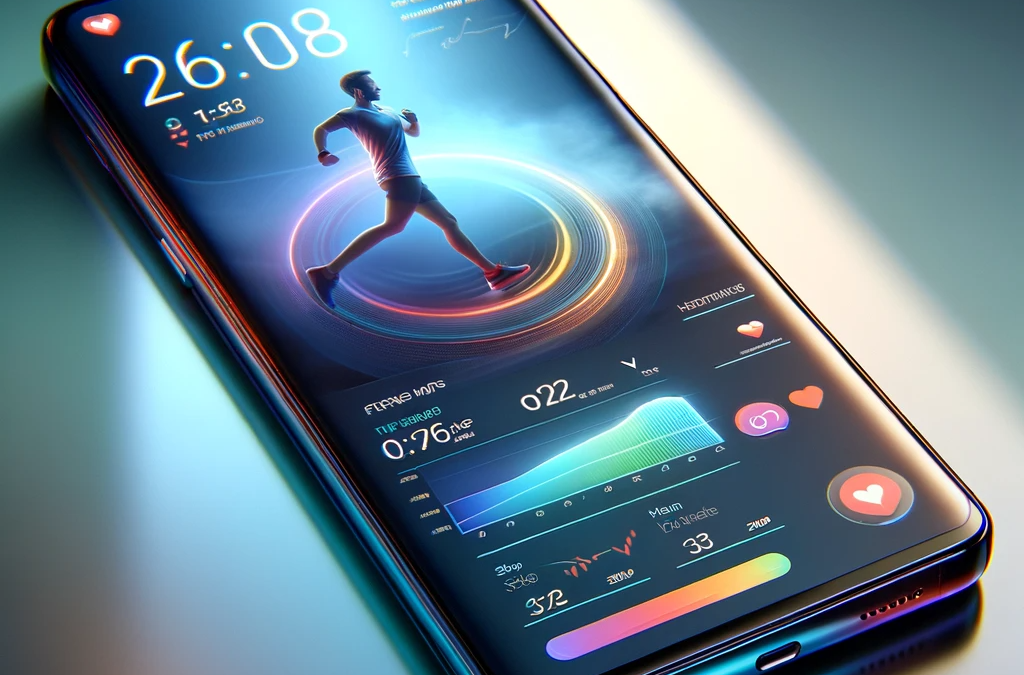In today’s digital era, businesses must prioritize establishing online visibility, allowing them to engage with a diverse audience of internet-savvy consumers regardless of location and time of day. The increasing trend of smartphone-driven purchases underscores the crucial role of a meticulously crafted mobile app for businesses aspiring to stay competitive and ahead of the curve.
Designing a winning mobile app is no easy feat, however. A great app provides potential purchasers with ample information about the business and its products and enables users to contact the organization and complete transactions online. At the same time, the application must also be streamlined and user-friendly, providing an easy-to-navigate interface that does not frustrate users while still delivering must-have information and features. Read on for an overview of benchmark attributes and characteristics for a successful mobile app.
1. Optimized Data Entry for Mobile Screens
Great app developers focus on minimizing the number of steps necessary to complete a particular process online. The app must make it easy for visitors to perform everyday tasks such as searching for products, purchasing, or completing a contact form. The app’s visual elements and input methods should be optimized for smaller screens, facilitating one-handed data entry and providing users with swift and effortless access to information through intuitive swiping or button clicks.
The UI needs to be intuitive and engaging from the first second to appeal and provide value to customers. If the app lacks functionality, users will quickly lose interest and delete it. Apps must be optimized for a small touchscreen, eliminating non-essential features to ensure the app does not look too busy or cluttered.
2. Fast Loading Time
Speed is essential to appeal to a new generation of discerning digital shoppers. The success of any app relies on its quick and responsive loading time, as it will foster increased conversions, strong user retention, and elevated user experiences.
Generally, a mobile app should take no more than 5 seconds to load, ideally less than 2. In addition to fast loading time, users expect reliability and stability, showing little patience for applications that take too long to load or frequently crash.
Common issues that can cause apps to load slowly include too much data, bulky source code, outdated software versions, unoptimized encryption connections, or an overloaded server. It is essential to use a suitable content delivery network to build a fast and responsive mobile app. In addition, enabling browser caching and compressing data like videos, images, and audio content can also help avoid lag.
3. Security
Cybercrime is one of the most pressing global issues today, with hackers increasingly targeting smartphones to steal valuable information. No user will want to put their personal data at risk by installing an app that is not secure.
Since most apps are created to sell a particular product or service, inviting users to enter sensitive details like credit or debit card information, in-app security is something that businesses cannot afford to compromise on.
Today’s hackers use various strategies to access and steal information, including penetrating apps through malware and infiltrating e-commerce networks. App owners risk having their information stolen by malicious actors and the potential compromise of their customers’ data, leading to a potential PR nightmare. Instead of treating security as an afterthought, it should be a top priority for all businesses.
4. Payment Gateway Integration
Many online shoppers are quite particular about their preferred payment option, be it Apple Pay, Android Pay, or a third-party payment gateway such as PayPal or Stripe. Businesses that fail to offer multiple payment options in their mobile applications run the risk of the shopper abandoning their cart at checkout when asked to enter their credit or debit card information.
Security remains a top concern for discerning shoppers, with numerous consumers hesitant to share their financial information online, especially through unfamiliar apps. Two-factor authentication and one-time passwords can effectively build trust and keep customers and their sensitive payment information safe online.
5. Offline Mode
An offline mode enables an app to continue to work even when the user lacks internet access. While an offline mode can be a little complicated to manage from the web developer’s perspective, it enhances customer experiences significantly by allowing users to access helpful app features even if they are not connected to the server.
To enable offline mode functionality, data is downloaded to the device, allowing users to access the stored information without requiring an internet connection. Well-known examples of apps with offline functionality include Google Maps and Netflix.
Storing, syncing, and updating local data can be achieved through real-time data synchronization, manual replication, and caching. Offline mode helps ensure that users are not frustrated by poor connectivity, boosting customer experiences and loyalty and providing a precious edge on market competition.

